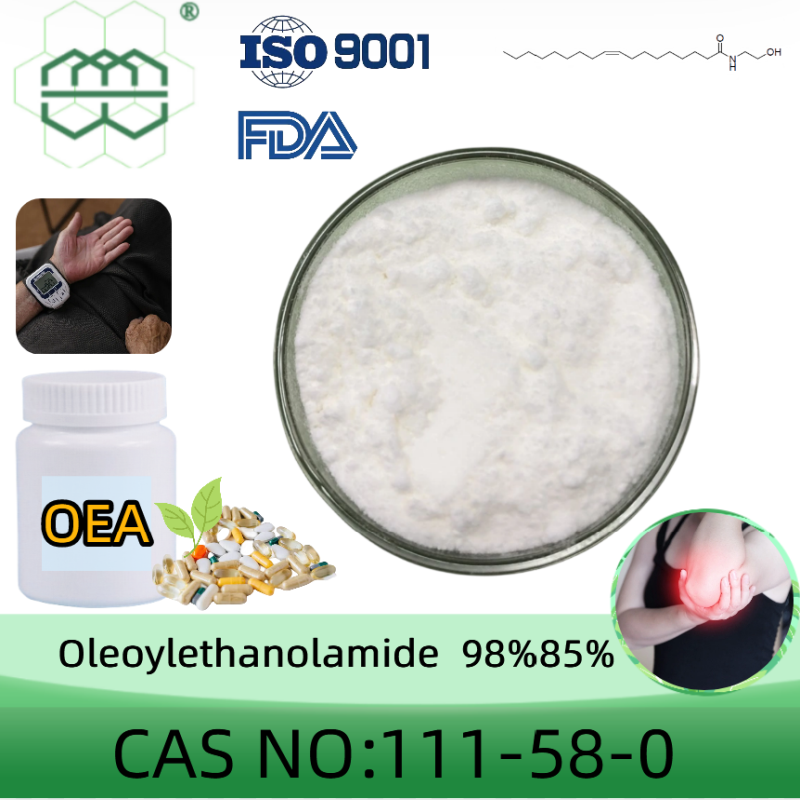-
Categories
-
Pharmaceutical Intermediates
-
Active Pharmaceutical Ingredients
-
Food Additives
- Industrial Coatings
- Agrochemicals
- Dyes and Pigments
- Surfactant
- Flavors and Fragrances
- Chemical Reagents
- Catalyst and Auxiliary
- Natural Products
- Inorganic Chemistry
-
Organic Chemistry
-
Biochemical Engineering
- Analytical Chemistry
-
Cosmetic Ingredient
- Water Treatment Chemical
-
Pharmaceutical Intermediates
Promotion
ECHEMI Mall
Wholesale
Weekly Price
Exhibition
News
-
Trade Service
.
In August, the Food and Agriculture Organization (FAO) package price index measuring food costs rose 3.
1%, close to the peak set in May
.
The index had fallen for two consecutive months before
.
However, with the decline in food production, sugarcane in Brazil, the number one sugar producer, suffered a double blow from drought and frost, and food prices have regained their upward trend in the past month
.
1%, close to the peak set in May
.
The index had fallen for two consecutive months before
.
However, with the decline in food production, sugarcane in Brazil, the number one sugar producer, suffered a double blow from drought and frost, and food prices have regained their upward trend in the past month
.
In the past year, global food prices have risen by about 33%, leading to higher inflation risks, especially in poor countries that rely on imports
.
The new crown epidemic and increased transportation costs, coupled with a shortage of workers, have caused an impact on the food supply chain
.
.
The new crown epidemic and increased transportation costs, coupled with a shortage of workers, have caused an impact on the food supply chain
.
FAO senior economist Abdolreza Abbassian said that the chances of any price drop in the coming months may be limited
.
The overall trend is still a firm upward trend
.
Usually high prices are the best way to deal with high prices because farmers and producers (in response to high prices) respond
.
But there is a new factor that is more difficult to control than in the past, and that is the weather
.
.
The overall trend is still a firm upward trend
.
Usually high prices are the best way to deal with high prices because farmers and producers (in response to high prices) respond
.
But there is a new factor that is more difficult to control than in the past, and that is the weather
.
FAO also lowered its forecast for global cereal stocks on Thursday, as droughts in North America and unfavorable weather in Russia have worsened the outlook for the wheat crop
.
Canadian wheat stocks will hit their lowest level in more than 40 years
.
.
Canadian wheat stocks will hit their lowest level in more than 40 years
.
In August, FAO's grain price index rose by 3.
4%, vegetable oil price index rose by 6.
7%, and sugar prices rose by nearly 10%, the highest level in more than a year
.
4%, vegetable oil price index rose by 6.
7%, and sugar prices rose by nearly 10%, the highest level in more than a year
.
Weather conditions are still a key factor, and the market will pay close attention to the September supply and demand report released by the US government next week to understand the impact of weather on the supply of grains and oilseeds
.
FAO's Abbassian said that the weather next year needs to be very good
.
If the supply fails to meet expectations, high prices will last longer
.
.
FAO's Abbassian said that the weather next year needs to be very good
.
If the supply fails to meet expectations, high prices will last longer
.







